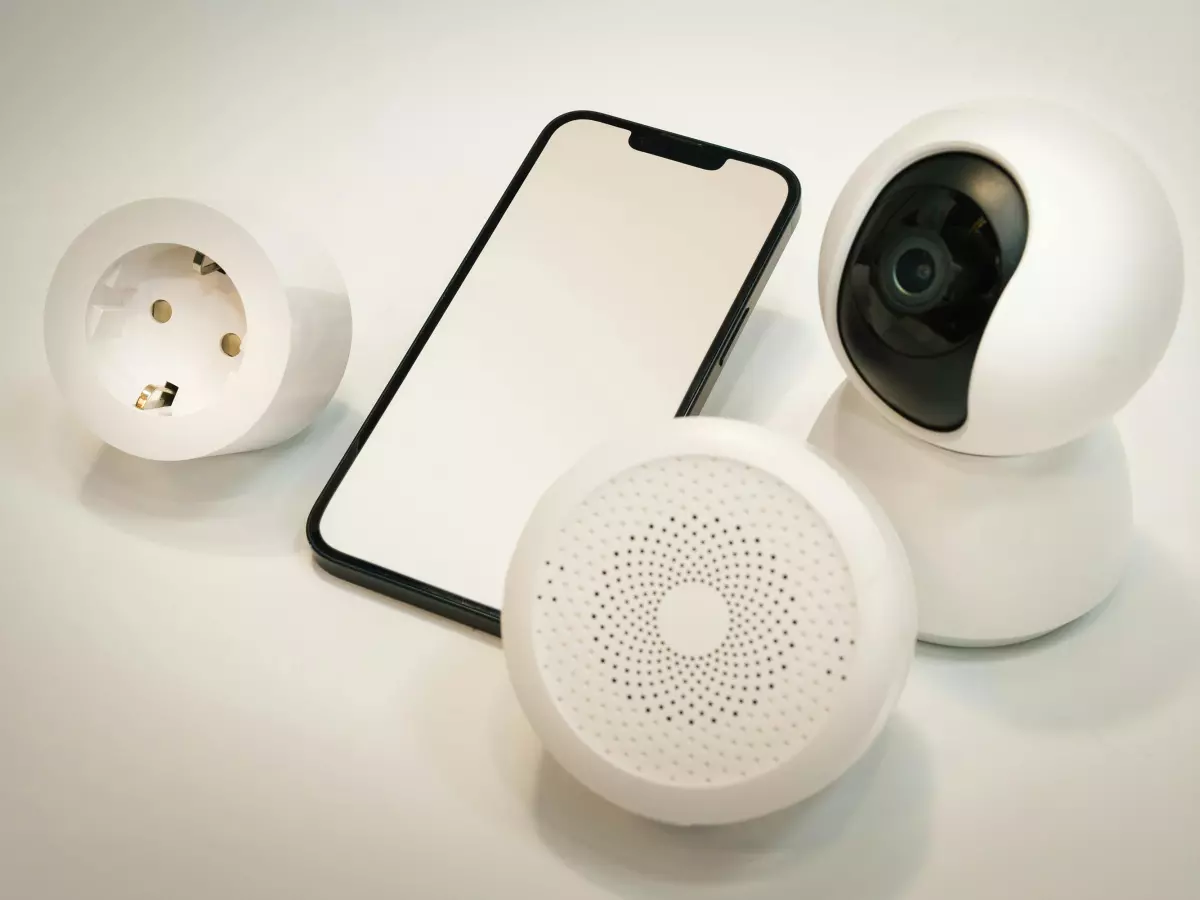Smart Home Protocols
Remember when the idea of a smart home felt like something straight out of a sci-fi movie? Well, fast forward to today, and smart homes are not only real but becoming more mainstream by the day. But here's the kicker: not all smart home devices speak the same language. That’s where protocols come in.

By Carlos Martinez
Smart home protocols are like the dialects of the smart home world. They dictate how devices communicate, connect, and work together. Without these protocols, your smart thermostat wouldn’t be able to tell your smart lights to dim when you’re about to watch a movie, or your smart doorbell wouldn’t be able to send a notification to your phone. But with so many protocols out there, it can get a little confusing. So, let’s break it down and explore five of the most important smart home protocols you need to know about.
1. Zigbee: The Low-Power King
Zigbee is like the quiet genius of the smart home world. It’s a low-power, low-data-rate protocol that’s perfect for devices that don’t need to send a ton of information. Think smart bulbs, sensors, and locks. Zigbee operates on the 2.4 GHz frequency, which is the same as Wi-Fi, but it uses much less power. This makes it ideal for battery-powered devices that need to last for months or even years without a recharge.
One of the coolest things about Zigbee is its ability to create a mesh network. This means that instead of each device connecting directly to your router, they can pass information to each other, extending the range of your network. So, if you’ve got a smart lock on your front door and a smart light in your backyard, Zigbee can help them communicate even if they’re far apart.
2. Z-Wave: The Reliable Workhorse
Z-Wave is another popular protocol that’s often compared to Zigbee. While they share some similarities, Z-Wave operates on a different frequency (908.42 MHz in the U.S.), which means it’s less likely to experience interference from Wi-Fi or Bluetooth devices. This makes Z-Wave a great choice for devices that need to be super reliable, like security systems and door locks.
Like Zigbee, Z-Wave also uses a mesh network, which helps extend the range of your smart home system. However, Z-Wave devices are limited to five hops (or relays) between devices, while Zigbee can handle more. Despite this, Z-Wave is known for its reliability and ease of use, making it a solid choice for many smart home enthusiasts.
3. Thread: The New Kid on the Block
Thread is one of the newer protocols on the scene, but it’s quickly gaining popularity. Why? Because it’s designed specifically for the Internet of Things (IoT), which means it’s built from the ground up to handle smart home devices. Thread is a low-power, wireless mesh protocol that operates on the 2.4 GHz frequency, just like Zigbee.
What sets Thread apart is its focus on interoperability. It’s designed to work seamlessly with other protocols like Wi-Fi and Bluetooth, making it a great option for homes with a mix of devices. Plus, Thread is backed by big names like Google and Apple, so you can expect to see more Thread-compatible devices in the future.
4. Wi-Fi: The Ubiquitous Powerhouse
Ah, good old Wi-Fi. It’s the protocol that most of us are already familiar with, and it’s still one of the most widely used protocols in smart homes. Wi-Fi is great for devices that need to send a lot of data, like security cameras, video doorbells, and smart speakers. However, it’s not always the best choice for low-power devices, as it tends to drain batteries quickly.
One of the biggest advantages of Wi-Fi is its ubiquity. Almost every home already has a Wi-Fi network, so adding Wi-Fi-enabled smart devices is often as simple as connecting them to your existing network. However, Wi-Fi can struggle with congestion, especially if you have a lot of devices connected at once. That’s where newer standards like Wi-Fi 6 come in, offering faster speeds and better handling of multiple connections.
5. Bluetooth: The Short-Range Specialist
Bluetooth might not be the first protocol that comes to mind when you think of smart homes, but it’s actually a key player in many devices. Bluetooth is great for short-range communication, making it ideal for things like smart locks, speakers, and wearables. Plus, Bluetooth Low Energy (BLE) has made it possible for devices to communicate with minimal power consumption.
One of the biggest advantages of Bluetooth is its compatibility with smartphones. Most of us already have Bluetooth-enabled devices in our pockets, so connecting to a smart home device is often as simple as opening an app. However, Bluetooth’s range is limited compared to other protocols, so it’s not the best choice for devices that need to communicate over long distances.
Choosing the Right Protocol for Your Home
So, which protocol is right for your smart home? Well, it depends on your needs. If you’re looking for low-power devices that can communicate over long distances, Zigbee or Z-Wave might be your best bet. If you want a protocol that’s designed specifically for the IoT and offers great interoperability, Thread is a solid choice. And if you need a protocol that can handle high-bandwidth devices like security cameras, Wi-Fi is still king.
Ultimately, the best smart home setup is one that uses a combination of protocols. Many smart home hubs, like those from SmartThings or Hubitat, support multiple protocols, allowing you to mix and match devices from different ecosystems. So, don’t be afraid to experiment and find the combination that works best for you.
In the end, smart home protocols are the unsung heroes that make our connected lives possible. They might not be as flashy as the devices themselves, but without them, your smart home wouldn’t be very smart at all.





